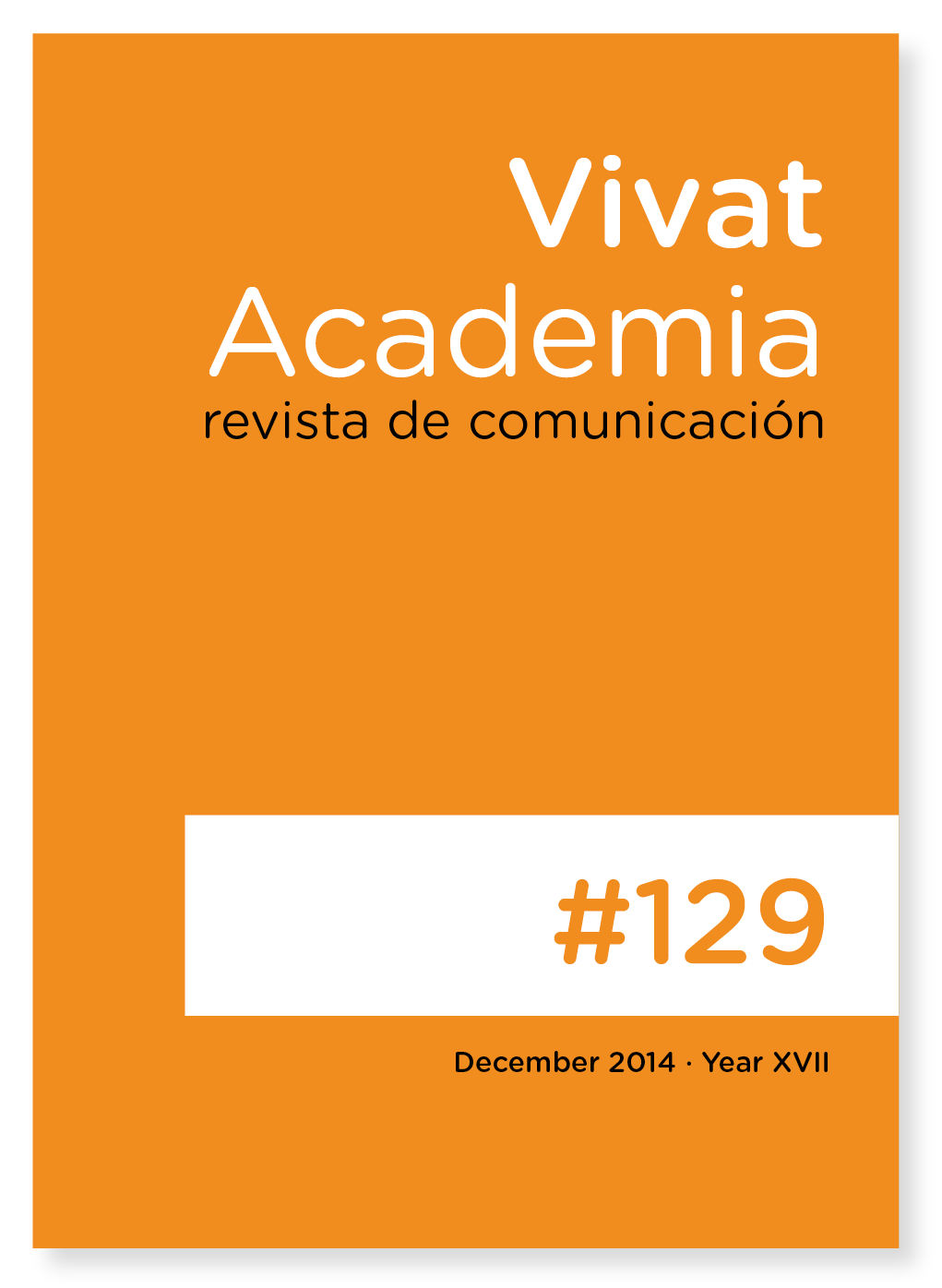NEOIstanbuLIBERAL: A City of Capital or a City of Culture?
Main Article Content
Abstract
ABSTRACT
This study aims to investigate how Istanbul is articulated to neoliberal globalisation through cultural events. Of special significance is the emphasis to be placed on this fact recurring once again, as it is in several cities in the U.S. and Europe, in a diversified context in İstanbul. While urban culture is determined as the major marketing instrument to make the city a point of attraction, urban place is commodified via urban culture marketing. One of the arguments of this study is that there exists a direct nexus between Istanbul becoming another global station of capital flows, and that the middle-class choosing this city as “a city to live”. Given that one of the criteria for a city to be “a city to live” for the middle-class is the cultural life in the city, mega cultural events in Istanbul are essential. This phenomenon is fed by a couple of concepts (or rhetoric) such as “creative cities”, “creative classes”, “creative industries” and is being propagated through the media.
In this context, recent international cultural events organised in İstanbul are going to be evaluated in the study. The data set consists of “official information” provided by the organisers of these events and how they are represented in the media. Findings which are going to be intersected on an interdisciplinary hub of urban sociology/cultural sociology/communication studies, are going to be ascertained from a critical point of view.
Downloads
Article Details
The main author must deliver the letter of transfer of copyright, according to the model provided by Vivat Academia, Revista de comunicación, which declares the transfer of copyright to the journal and make explicit the rights of authors regarding the dissemination and use of the manuscript once published.
Creative Commons Attribution/Non Commercial 4.0 International
References
Adorno, Theodor W. (1991). The Culture Industry: Selected Essays on Mass Culture. London; New York: Routledge.
Balsas, Carlos. J. L. (2004). City Centre Regeneration in the Context of the 2001 European Captial of Culture in Porto, Portugal. Local Economy. No. 4, pp. 396-410
Bassett, K. (1993). Urbanal Cultural Strategies and Urban Regeneration: A Case Study and Critique. Enviroment & Planning, pp. 1773-1789.
Bauman, Zygmunt (1998). Globalization: The Human Consequences, New York: Columbia University Press.
Bianchini, Franco, Ghilardi, Lia (2007). Thinking Culturally About Place. Think Piece in: Place Branding and Public Diplomacy. Palgrave Journals.
Burd, Gene (2008). The Mediated Metropolis as Medium and Message. International Communication Gazette, 70:95, pp. 209-222.
Cox, K. ve Wood Andrew (1994). Local Government and Local Economic Development in the United States. Regional Studies 28, pp. 640 – 645.
Evans, Graeme (2005). Measure for Measure: Evaluating the Evidence of Culture’s Contribution to Regeneration. Urban Studies, Vol. 42, Nos. 5/6, pp. 959-983.
Florida, Richard L. (2005). Cities and Creative Class. New York: Routledge.
Florida, Richard L. (2002). The Rise of the Creative Class: and How It’s Transforming Work, Leisure, Community and Everyday Life. New York: Basic Books.
Garcia, Beatrice (2004). “Cultural Policy and Urban Regeneration in Western European Cities: Lessons from Experience, Prospects for the Future”. Local Economy, Vol. 19, No. 4, 312-326.
Goffman, Erving (1973). The Presantation of Self in Everyday Life. New York: Overlook Press.
Hankinson, Graham (2005). “Destination Brand Images: A Business Tourism Perspective”. Journal of Services Marketing, 19/1, 24-32.
Harvey, David (2005). A Brief History of Neoliberalism. Oxford University Press: New York.
Harvey, David (1990). The Condition of Postmodernity. Oxford: Blackwell Publishing.
Harvey, David (2001). Spaces of Capital Towards a Critical Geography. New York: Routledge.
Hansen, Anders Lund (2006). Space Wars and the New Urban Imperialism. Lund: Lund University, Sweden.
Kavaratzis, Mihalis and G. J. Ashworth (2005). “City Branding: An Effective Assertion of Identity or a Transitory Marketing Trick?”. Tijdschrift voor Economische en Sociale Geografie, Vol. 96, No. 5, 506–514.
Kotler, Philip., Haider, Donald H. Haider and Rein Irving (1993). Marketing Places: Attracting Investment, Industry and Tourism to Cities, States and Nations. New York: Simon&Schuster.
Lefebvre, Henri (2003). The Urban Revolution. R. Bonono (Trans.), Minneapolis: University of Minnesota Press.
MacGuigan, Jim (2005). Neoliberalism, Culture and Policy. International Journal of Cultural Policy, Vol. 11, No. 3, ss. 506-514.
Mumford, Lewis (1989). The City in History-Its Origins, Its Transformations, and Its Prospects, San Diego, New York, London: Harcourt.
Paddison, Ronan (1993). City Marketing, Image Reconstruction and Urban Regeneration. Urban Studies, Vol. 30, No. 2, ss. 339-350
Rainsito, Seppo (2003). Success Factors of Place Marketing: A Study of Place Marketing Practices in Northern Europe and the United States. Helsinki: Helsinki University of Technology.
Shaw, Phyllida. and Evans, Graeme (2006). Arts and Culture in Regeneration. The International Federation of Arts Councils and Culture Agencies.
Sassen, Saskia (2001). The Global City: New York, London, Tokyo. Princeton: Princeton University Press.
Stevenson, Deborah (2003). Cities and Urban Cultures. Philedelphia: Open University Press.
Urry, John (2000). Consuming Places. London; New York: Routledge.
Yardımcı, Sibel (2005). Kentsel Değişim ve Festivalizm: Küreselleşen İstanbul’da Bienal. İstanbul: İletişim Yay.
Zukin, Sharon. (1995). The Cultures of Cities. Oxford: Blackwell.
Internet
Istanbul Foundation of Culture and Art (2012). IFCA Economic Impact Analysis. http://cdn.iksv.org/media/content/files/IKSV_Ekonomik_Etki_Arastirmasi.pdf accessed 23 June 2013.
PriceWaterhouseCoopers (2005). Cities of the Future. http://www.pwc.com/en_GX/gx/government-public-sector-research/pdf/cities-final.pdf accessed 10 January 2014.
The Association of Capital Market Intermediary Institutions of Turkey. 2007. Global Financial Centers and Istanbul. http://www.tspakb.org.tr/tr/Portals/0/57ad7180-c5e7-49f5-b282-c6475cdb7ee7/AIM_Yayin_ve_Raporlar_Arastirma_Raporlari_Global_Fin_Mer.pdf accessed 21 November 2013.
Whitehouse , David (2005). “Half of humanity set to go urban” May 19, 2005. http://news.bbc.co.uk/2/hi/science/nature/4561183.stm accessed April 20, 2014.





